Barrage de Malpasset (Malpasset Dam)
The ruins stand as a somber reminder of France’s worst civil catastrophe of the 20th century.
The Malpasset Dam was an arch dam in Fréjus, France. The structure was built between 1952 and 1954 to provide drinking and irrigation water for the region. Tragically, its existence was short.
In the late fall of 1959, the dam showed sings of leakage, but the officials did not deem it necessary to warn the locals downstream. Heavy rainfall toward the end of November and beginning of December saw the dam nearing its maximum capacity.
Disaster struck on December 2. The dam’s guard, seeing that the structure had reached maximum capacity, asked to be allowed to release excess water. His request was denied until the evening, and by then, it was too late.
The dam broke that night, unleashing a 130-foot-wave (40 meters) that roared toward Fréjus and the surrounding towns at a 43 miles per hour (70 kilometers per hour). The closest two towns and the highway were swept away. By the time the wave reached Fréjus 20 minutes after the dam broke, it still had enough power to flood and destroy portions of the city. A total of 423 people died, 135 of whom were children younger than 15.
Decades later, you can still see the wrecked dam. Big chunks of concrete speckle in the riverbed, lining the walk from the parking lot to the dam ruins. It’s impressive to stand beneath what remains of the wall that once held back an entire lake and released a catastrophic wave through the valley you’ve just walked through.
Know Before You Go
To reach the dam take the D37 going north from Fréjus, all the way until the road ends. There are signs pointing you in the right way from the roundabout in Capitou. Just before going under the highway there's a spot where the road can overflow, if the water's not too high it's traversable by car, otherwise leave your car on the little parking spot and walk the last 650 feet (200 meters) to the beginning op the path. From the plaque it's a 20 minute walk to the bottom of the dam, or take the 3.1-mile (five-kilometer)loop to reach the top of the dam.
In summer there are guided tours to visit the ruins that depart from Fréjus.
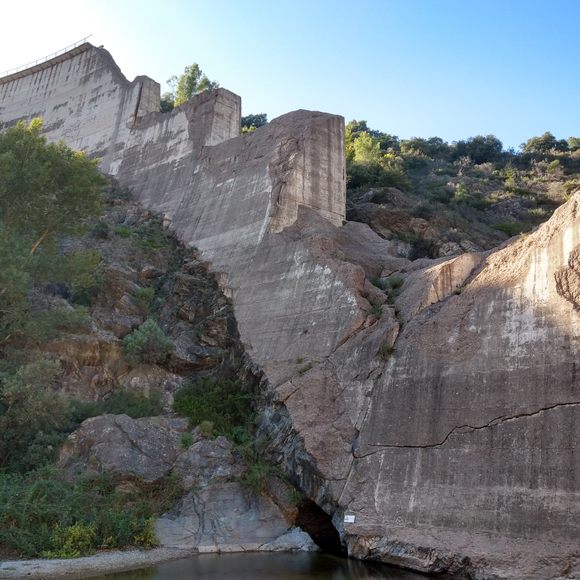


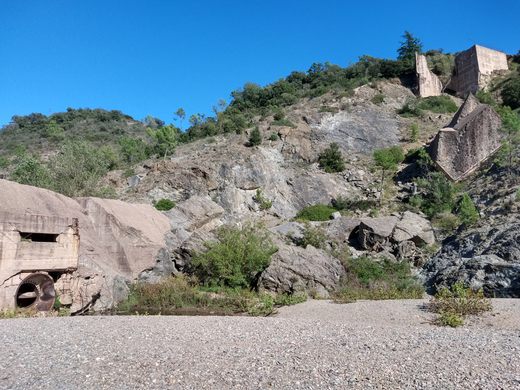
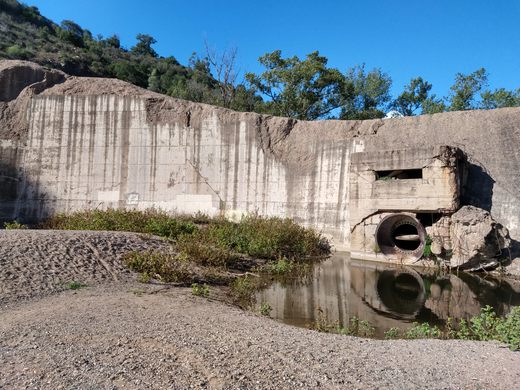


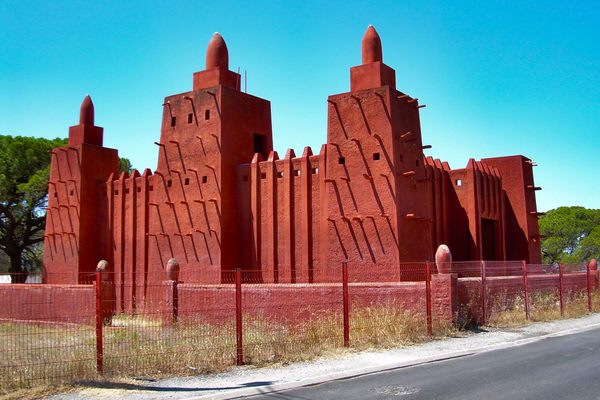

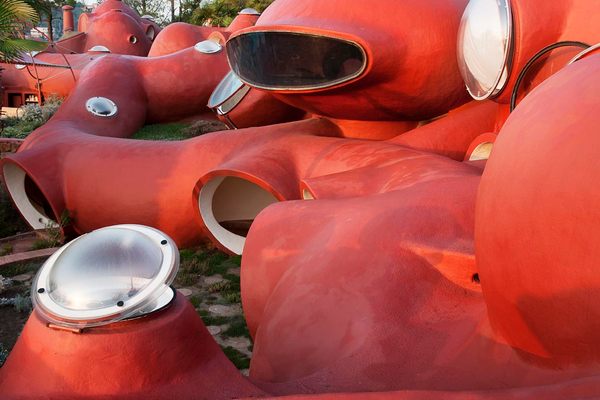
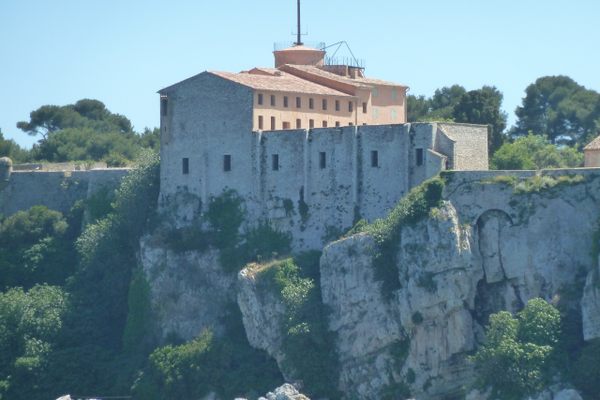
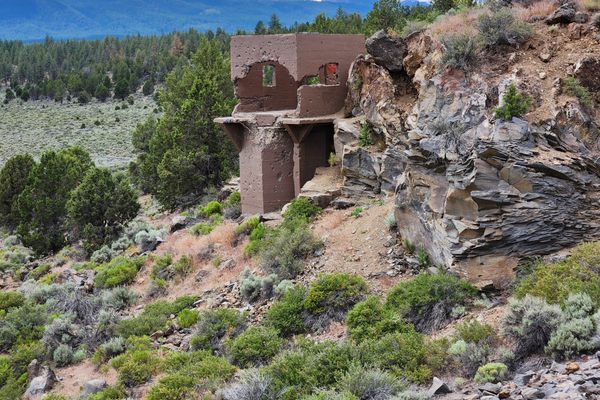
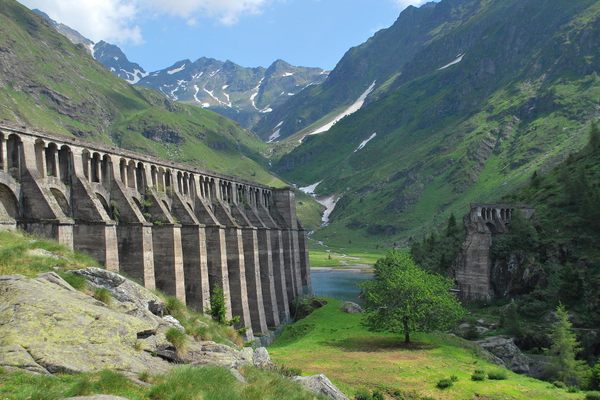
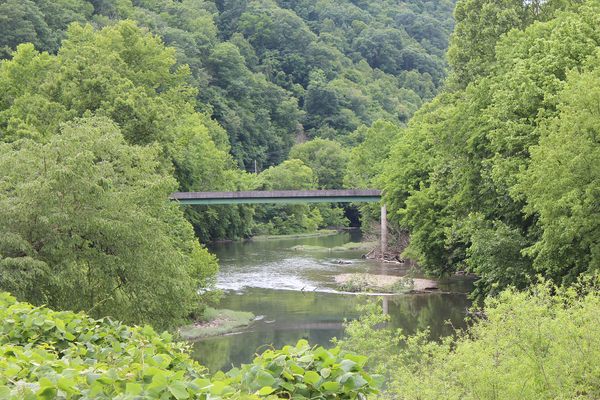


Follow us on Twitter to get the latest on the world's hidden wonders.
Like us on Facebook to get the latest on the world's hidden wonders.
Follow us on Twitter Like us on Facebook